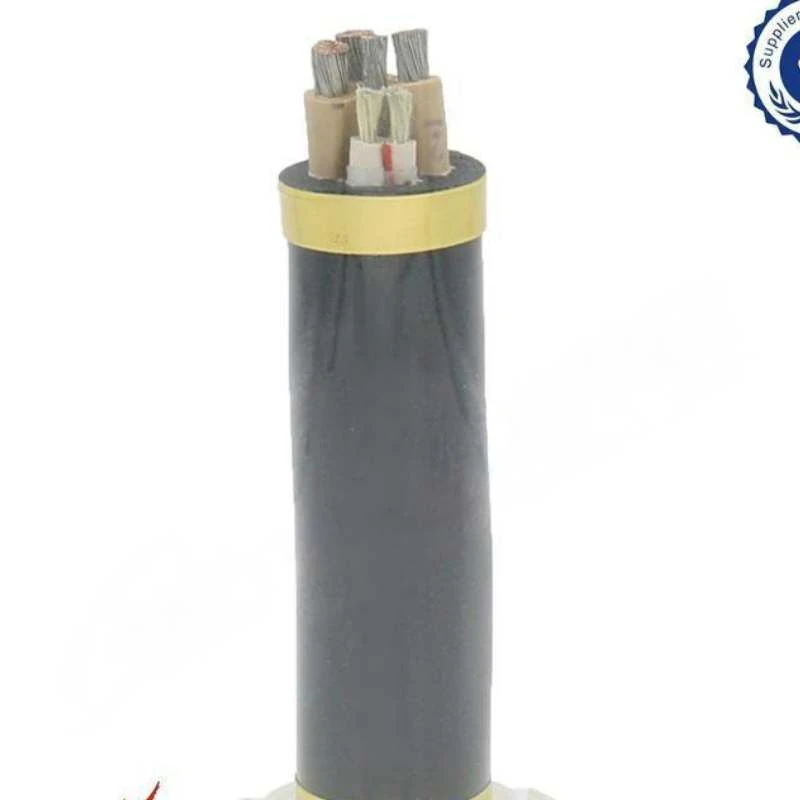Dec . 11, 2024 23:44 Back to list
Understanding Basket Strainers and Their Importance in Fluid Systems
Understanding Basket Strainers Essential Components in Fluid Systems
Basket strainers are critical components used in various fluid handling systems. Their primary function is to filter particulates from liquids, ensuring the efficient operation of downstream equipment such as pumps, valves, and other devices. By preventing clogs and maintaining fluid purity, basket strainers significantly contribute to the longevity and performance of industrial systems.
Design and Functionality
A basket strainer typically consists of a perforated or mesh basket housed within a cylindrical body. The design allows fluids to enter through the inlet, pass through the straining element, and exit through the outlet. As the liquid flows through the strainer, solid particles are trapped in the basket, preventing them from entering the rest of the system. The effectiveness of a basket strainer depends on its mesh size, which can be customized to capture various particulate sizes.
Basket strainers are versatile and can be configured for various applications. They are commonly made from stainless steel or other corrosion-resistant materials to withstand harsh operating conditions. The construction materials can vary based on the fluid being filtered, ensuring compatibility and durability.
Types of Basket Strainers
There are several types of basket strainers available, each designed for specific applications
1. Y-Type Strainers These are shaped like a Y and are often used in smaller pipelines. They are compact and can be installed in tight spaces. Y-type strainers are generally suitable for fluids with lower particulate loads.
2. Tee Strainers As the name suggests, these strainers are shaped like a T. They are commonly used in larger pipelines and can handle higher volumes of fluid. Tee strainers are especially effective when the fluid has a higher concentration of solid particles.
3. Inline Strainers Inline basket strainers are installed directly in the pipeline and are primarily used for continuous flow applications. They offer easy access for cleaning and maintenance without significant system interruption.
basket strainer

4. Self-Cleaning Strainers These advanced strainers use mechanical or hydraulic systems to automatically clean the basket, allowing for continuous operation without manual intervention. Self-cleaning strainers are ideal for applications where maintaining flow is critical.
Applications
Basket strainers find widespread application across various industries, including
- Water Treatment In municipal water treatment plants, basket strainers help remove debris and sediments before the water undergoes purification processes.
- Chemical Processing In chemical plants, strainers protect pumps and valves from particles that could lead to equipment failure or contamination of the materials being processed.
- Oil and Gas In the oil and gas industry, basket strainers ensure that the fluids being extracted are free from sand and other contaminants, safeguarding equipment and improving efficiency.
- Food and Beverage In the food industry, maintaining high hygiene standards is crucial. Basket strainers are used to filter out solids from liquids, contributing to product quality and safety.
Conclusion
In summary, basket strainers are vital to maintaining the efficiency and reliability of fluid systems across numerous industries. Their ability to filter out unwanted particles protects downstream equipment and extends the lifespan of critical components. By choosing the appropriate type of basket strainer and ensuring proper maintenance, operators can enjoy seamless and efficient system performance. As industries continue to evolve and demand higher standards of quality and efficiency, the importance of effective filtration solutions like basket strainers will only increase.
Share